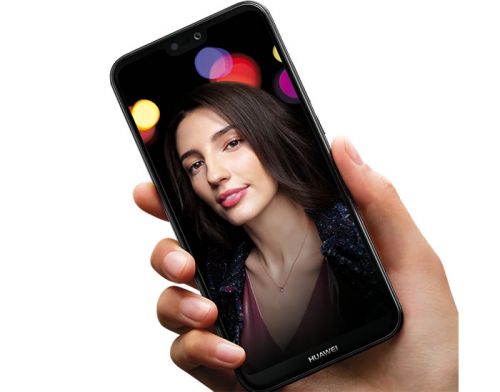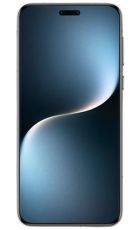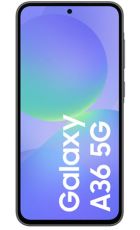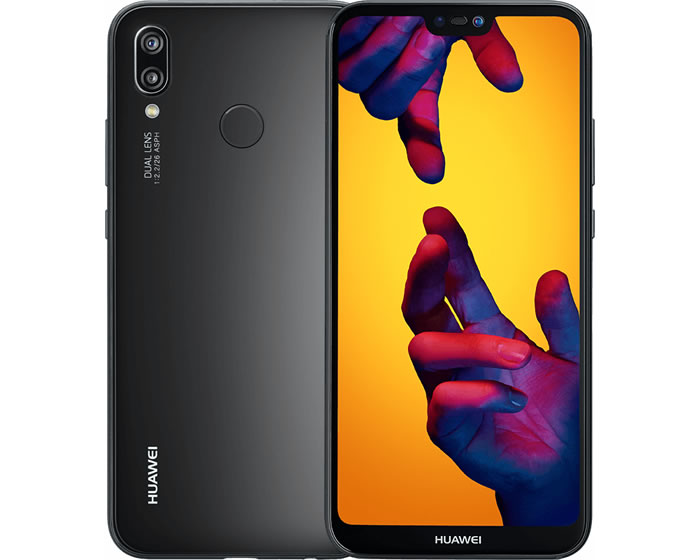
Huawei has had a good year for phones, headlined by the stellar Huawei P20 and Huawei P20 Pro. But not everyone needs a flagship, and for those people there’s the Huawei P20 Lite.
It’s a phone that aims to distil the essence of its flagship namesakes into a more affordable package. Inevitably, that means some features are lost or lesser here, but a surprising amount also makes the cut, including a dual-lens camera and an edge-to-edge screen.
So is the Huawei P20 Lite – with its roughly £300 price tag - successful at offering flagship features on a budget, or does it lose too much?
Screen
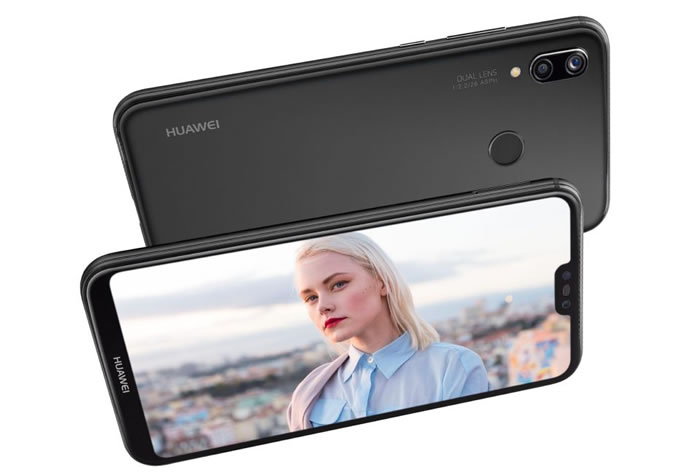
The Huawei P20 Lite has a 5.84-inch 1080 x 2280 LCD screen with a pixel density of 432 pixels per inch. That makes it roughly the same size and exactly the same resolution as the Huawei P20, and it’s even similar to the iPhone X – though that phone uses OLED, delivering more vivid images and better contrast.
Still, no one would expect the Huawei P20 Lite to compete with the iPhone X, so the fact that it even comes close in some ways is impressive.
And it’s not just the size and resolution of the screen that’s almost flagship quality, as the Huawei P20 Lite also has a 19:9 aspect ratio, meaning it’s long and thin like most modern phone screens, and it has a notch too.
There’s still a small bezel at the bottom of the screen, but other than that there’s very little wasted space here and the phone makes a great first impression as a result.
Design
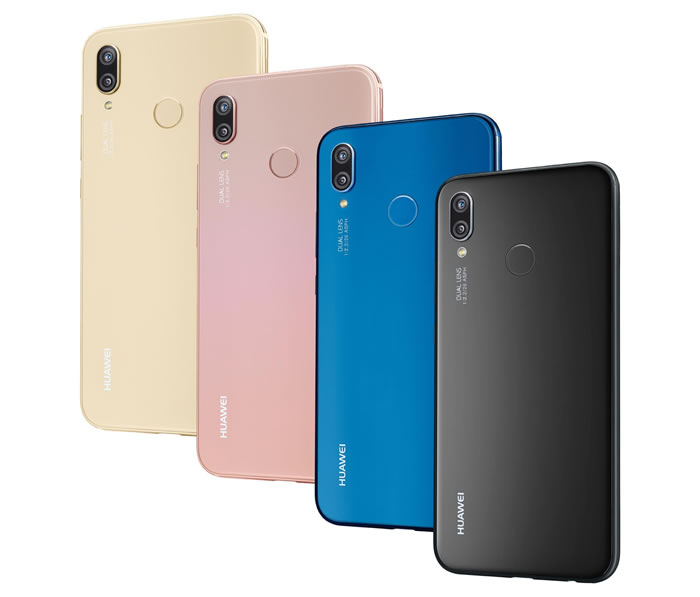
The Huawei P20 Lite also has a design reminiscent of many flagships, as it has a metal frame and a glass back, so it’s clad in premium materials.
It’s perhaps a little bland, since it’s a design shared by so many other phones and there’s no real flair in the approach here – unlike the P20 range or Honor 10 for example you don’t get any color-morphing finishes, but it still looks good and importantly it feels quality in the hand.
The phone comes in at 148.6 x 71.2 x 7.4mm and 145g, so it’s slim and light too. Our biggest complaint is simply that there’s no water resistance here, but that’s not something you expect on a mid-range phone.
Power
The Huawei P20 Lite has cut a few more corners when it comes to power, turning in an acceptable but far from exceptional performance.
It has an octa-core HiSilicon Kirin 659 chipset, with four cores clocked at 2.36GHz and four running at 1.7GHz. That’s paired with 4GB of RAM, which might sound like a strong combination, but the chipset is a mid-range one, and one which underperforms compared to mid-range Snapdragon chips.
The result is that if you tax this phone it will noticeably struggle, so it’s not one for high-end games, but day to day performance should generally be fine.
It’s worth noting though that you can get the same chipset in the cheaper Honor 7X, while the Honor 10, which doesn’t cost vastly more, has a much better one.
For software you get Android Oreo, which until very recently was the latest version of Android. It’s overlaid with Huawei’s EMUI 8.0, which is one of the heavier and more divisive Android interfaces. The core functionality remains largely the same, but not everyone likes the look of EMUI, or the number of apps and features Huawei bloats it with.
Camera
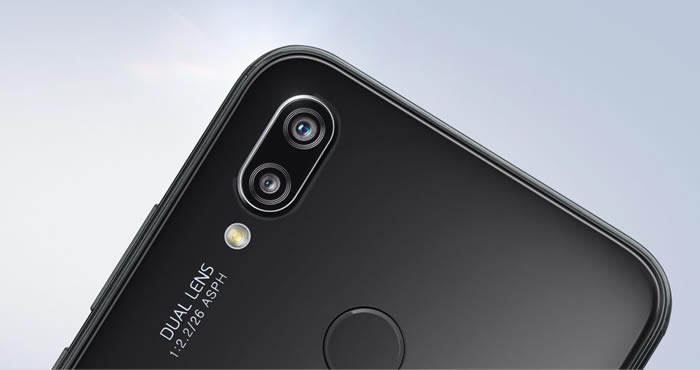
There’s a dual-lens camera on the back of the Huawei P20 Lite, but it’s not the same one as the Huawei P20 has.
It consists of a 16MP main lens with an f/2.2 aperture and a 2MP secondary lens that acts as a depth sensor. This allows the phone to blur the background of shots, emphasising the foreground, in what’s commonly known as portrait mode or a bokeh effect.
The camera also gives you lots of control, with both a pro mode and – if that’s too serious – an AR mode, the latter of which lets you add effects to images, similar to what you’d find on Snapchat.
The Huawei P20 Lite also has a 16MP front-facing camera, which is a high-spec. This allows for quite detail-rich photos, though it’s no match for the 16MP snapper on the back. It also has a beauty mode, designed to make you look better in selfies, but it can also overpower them if you don’t minimise the effect.
Features
Other than everything discussed above, the main feature of the Huawei P20 Lite is perhaps its biometric security options, as not only does it have a fingerprint scanner on the back, but also a face scanner on the front.
Both work quickly and effectively, though the face scanner won’t be as secure as Apple’s take on the tech. Still, it’s nice to see both offered on a mid-range handset.
Battery life, memory and connectivity
The Huawei P20 Lite has a 3,000mAh battery, which passes the basic hurdle of giving you a day of life, even with moderate use, though for very heavy use you might have to juice it up in the evening.
Handily, it also supports fast charging, so if the battery is dwindling before bedtime you shouldn’t have to plug it in for too long.
There’s also up to 64GB of storage built-in, giving you a decent amount to play with and if you need more there’s a microSD card slot too.
Connectivity options meanwhile include 4G, Bluetooth 4.2 and NFC – that latter point meaning you can make contactless payments using the phone.
Verdict
The Huawei P20 Lite is a decent distillation of many of the core Huawei P20 features. It lacks for power, but packs in an impressive screen and dual-lens camera, alongside a fairly high-end build and multiple biometric security options.
You won’t go wrong with it if your budget is around £300, but it’s entering a crowded section of the market and there are alternatives that are just as good or better, while if you can stretch your budget a bit the Honor 10 (which is also made by Huawei) is a far stronger choice with many of the same features.
So while we can’t give the Huawei P20 Lite an unreserved recommendation we can say that you probably won’t be disappointed by it, unless you need a phone with high-end performance.


